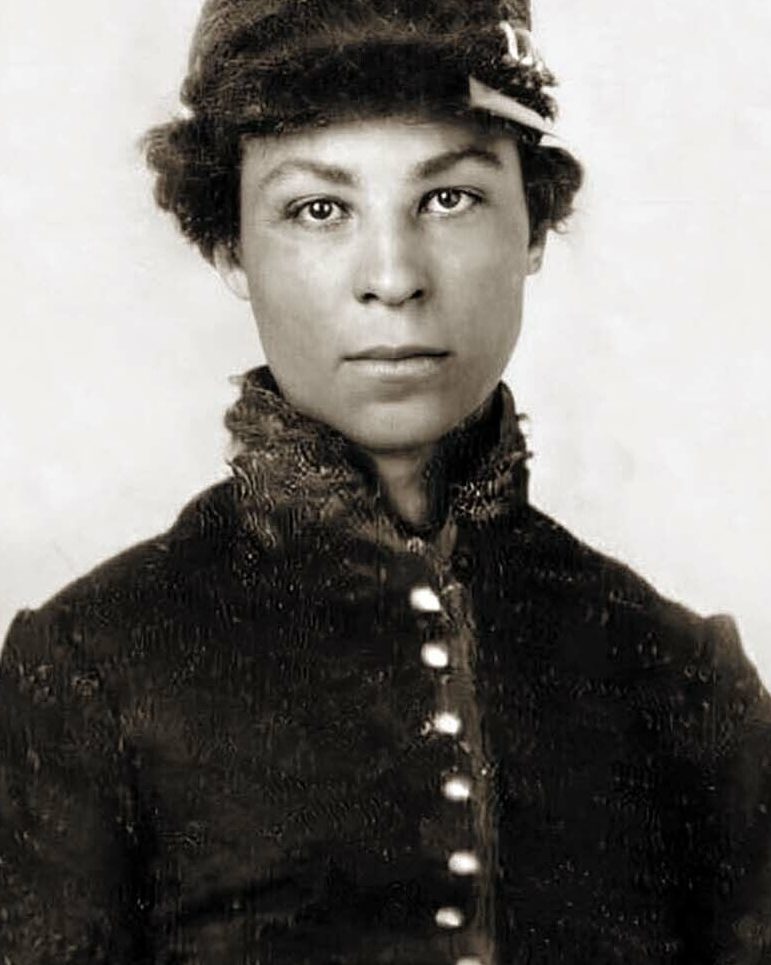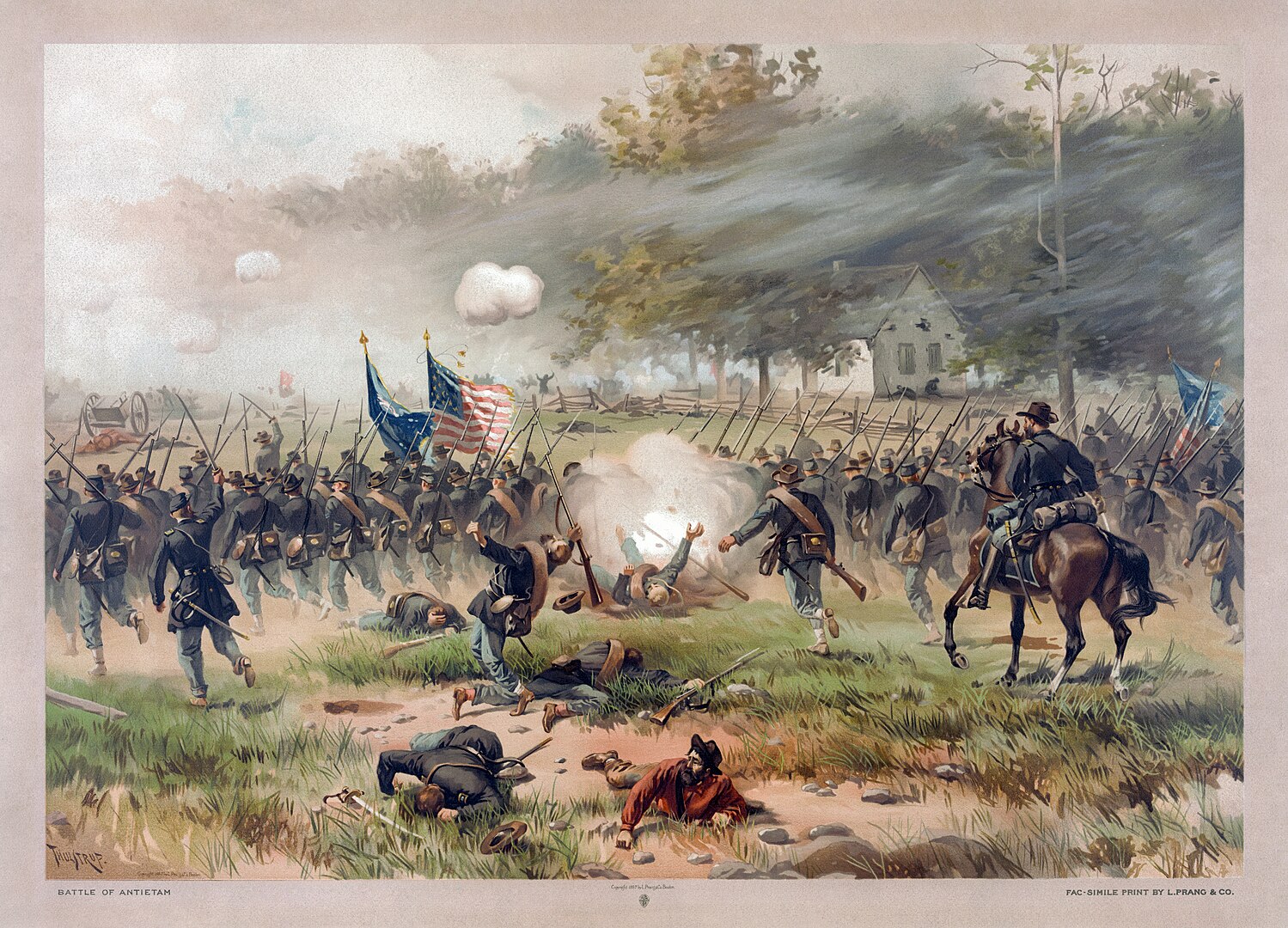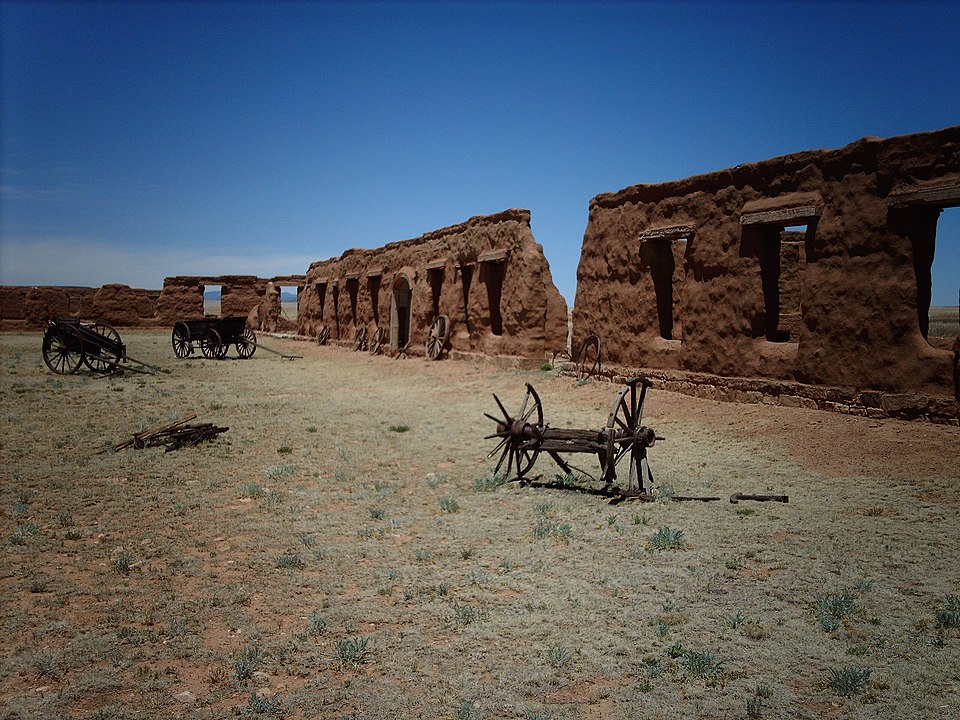Enlisting under a false identity, Cathay Williams entered history as the first Black woman to serve in the United States Army. Her fascinating story, marked by courage, cunning, and resilience, reveals the hypocrisy of a country that refused to acknowledge its heroes. Here’s a look back at the journey of a forgotten pioneer.
A woman, a uniform, a deception for freedom

The story of Cathay Williams—the first African American woman to enlist in the United States Army by posing as a man—remains little known to the general public. Yet her extraordinary path embodies the intertwined struggles against racism, sexism, and systemic violence in 19th-century America. Born into slavery in 1844 in Missouri, she broke barriers by joining the ranks of the Buffalo Soldiers, the Black regiments tasked with securing the colonial expansion into the American West.
Although official history has often erased her name, Cathay Williams deserves to be celebrated today as a pioneer, a resistor, and a warrior for freedom. This account delves into her epic journey through the lens of the discrimination faced by women and African Americans in post–Civil War America.
I. Slavery in America: Chains and struggles

Cathay Williams was born in 1844 in Independence, Missouri, in a country torn apart by the question of slavery. Her mother, an enslaved woman, passed this unjust legal status onto her at birth. Her father, a free Black man, was powerless against the racist laws that bound his daughter to the system of slavery.
In 1861, as the Civil War broke out between the abolitionist North and the slaveholding South, Union troops occupied Jefferson City. Like thousands of other enslaved people, Cathay was torn from the plantations and forced to accompany the northern troops as a cook and laundress. This period proved transformative: by serving alongside the soldiers, she realized that the army offered a glimmer of emancipation, a path to exist as more than a shadow in servitude.
The abolition of slavery in 1865 did not spell the end of discrimination. While Black men could now join the military, women were still strictly barred. But Cathay Williams refused to accept those limits and decided to outwit the system.
II. A warrior’s deception: Cathay becomes William Cathay


In November 1866, in St. Louis, Williams made a radical decision: she cut her hair, donned men’s clothing, and enlisted under the name William Cathay. She joined the 38th Infantry Regiment of the Buffalo Soldiers, a unit composed exclusively of African Americans, created after the Civil War.
In a country still plagued by rampant segregation and racism, these elite units were tasked with protecting white settlers from Native populations. The army viewed these Black soldiers as tools of Western conquest, never according them the respect their bravery deserved.
No one suspected Williams’s deception—except for two fellow soldiers, a cousin and a friend, who kept her secret. Life in the military was harsh: long marches under a scorching sun, deprivation, and appalling sanitary conditions. Her body soon began to give out. Struck by smallpox, she was hospitalized but managed to keep her gender identity hidden.
For two years, she served like any other soldier, enduring illness, hardship, and humiliation. But in 1868, her health deteriorated. Too weakened by her ordeals, she was eventually examined more thoroughly by a military doctor who uncovered her secret. On October 14, 1868, she was discharged from service.
III. After the army: Disillusionment and injustice

After her discharge, Cathay Williams refused to give up. She worked as a cook and laundress at Fort Union in New Mexico before settling in Pueblo, Colorado, where she married. But the marriage quickly turned into a nightmare: her husband swindled her out of her savings before she had him arrested.
She eventually moved to Trinidad, Colorado, where she worked as a seamstress and likely opened a boarding house. It was during this period that her story became public, when a journalist from the St. Louis Daily Times published an article on her military service in 1876.
But her final years were marked by suffering and injustice. Stricken with diabetes and neuralgia, she had several toes amputated and gradually lost her independence. In 1891, she filed for a military pension—a right granted to other women soldiers like Deborah Sampson. But the government’s response was clear-cut: her request was denied.
Condemned to poverty and oblivion, she died around 1893—without a gravestone, without recognition, and without even an official death certificate.
IV. Legacy and belated recognition



Although her name was long erased from official records, Cathay Williams now symbolizes the struggle of Black women in uniform, who defied sexism and racism to serve a country that didn’t even see them as full citizens.
In 2016, the city of Leavenworth, Kansas, finally honored her with a commemorative bust outside the Richard Allen Cultural Center. Two years later, a memorial plaque was unveiled at the National Infantry Museum.
Today, the legacy of Cathay Williams continues to inspire. Her story has appeared in music, literature, and even film—notably in The Harder They Fall (2021), where her story inspired the character of Cuffee.
One woman, one fight, one memory to preserve
Cathay Williams’s story goes far beyond the tale of a woman disguising herself as a man to join the military. It reveals the violence of a system that, even after slavery ended, continued to strip Black people and women of their rights. It also speaks to the resilience of those invisible heroes, so often left out of history books.
In an America still struggling today to reckon with past injustices, her journey remains a powerful symbol.
Cathay Williams’s name must be etched into collective memory—not only as the first African American woman to serve in the military, but as a figure of courage, emancipation, and resistance.
Because while history may forget its heroes, it is the duty of future generations to bring them back into the light.
Sources
- Tucker, Phillip Thomas. Cathy Williams: From Slave to Female Buffalo Soldier. Stackpole Books, 2002.
- Voices of the Buffalo Soldier: Records, Reports, and Recollections of Military Life and Service in the West. Edited by Frank N. Schubert, 2003.
- Pennington, Reina. Amazons to Fighter Pilots – A Biographical Dictionary of Military Women. Greenwood Press, 2003.
- National Park Service. Cathay Williams: Female Buffalo Soldier.
- Gunn, Olivia. Buffalo Soldiers Honor First Female Documented U.S. Army Soldier. WTVM, 2018.
Summary
- A Woman, a Uniform, a Deception for Freedom
- I. Slavery in America: Chains and Struggles
- II. A Warrior’s Deception: Cathay Becomes William Cathay
- III. After the Army: Disillusionment and Injustice
- IV. Legacy and Belated Recognition
- One Woman, One Fight, One Memory to Preserve
